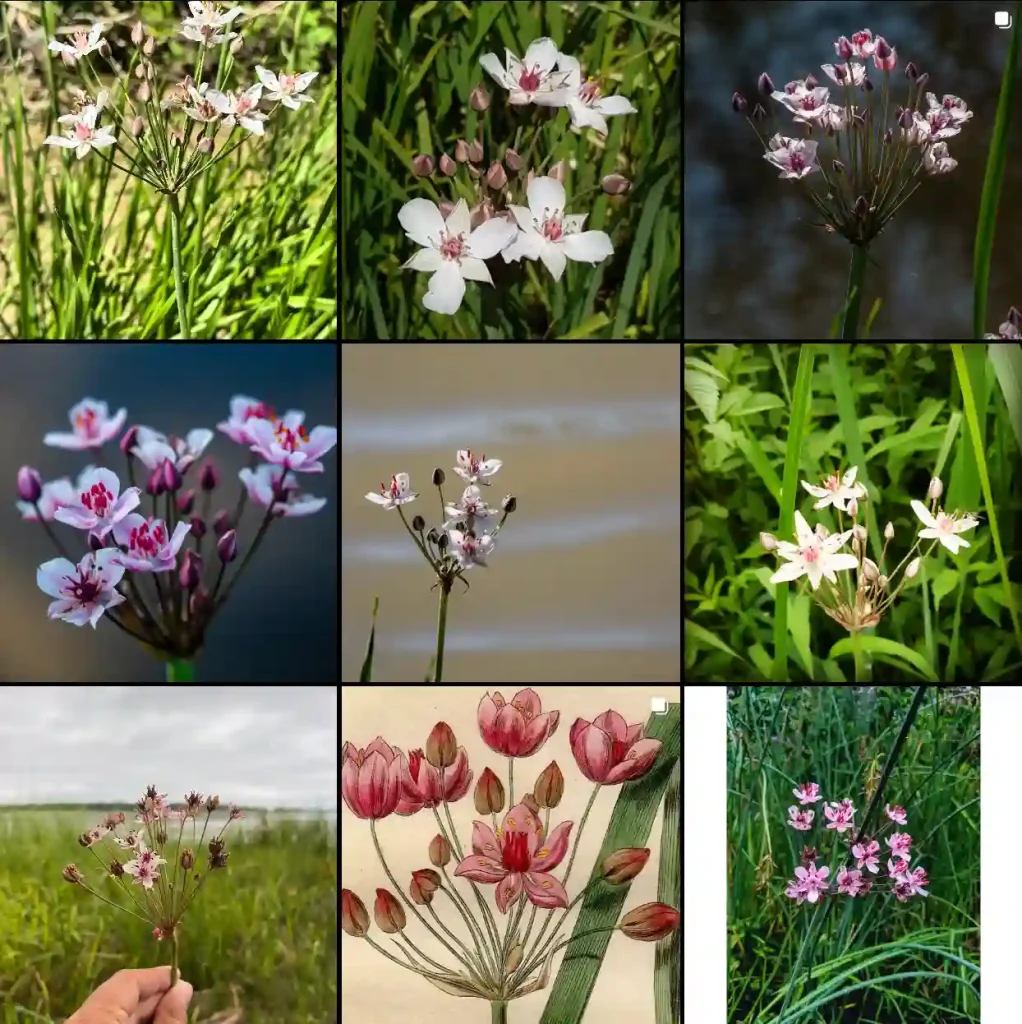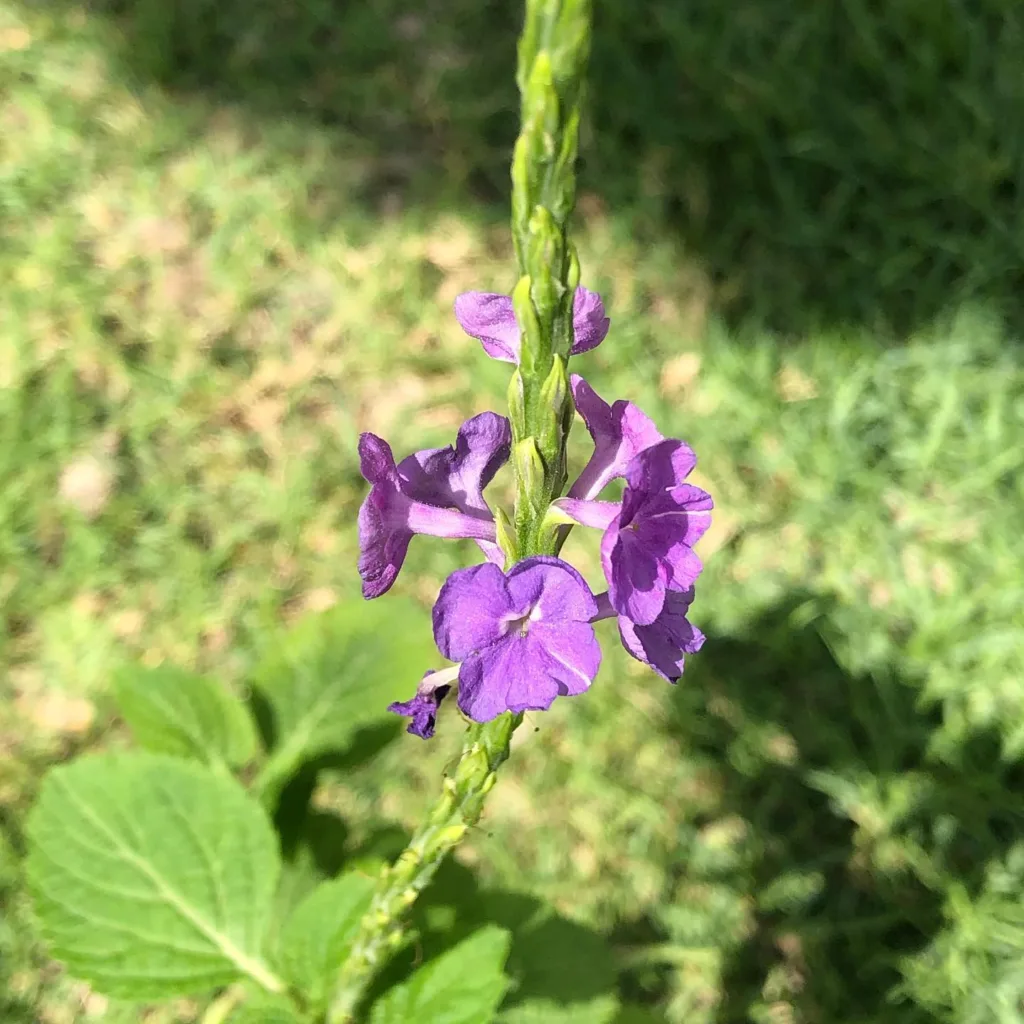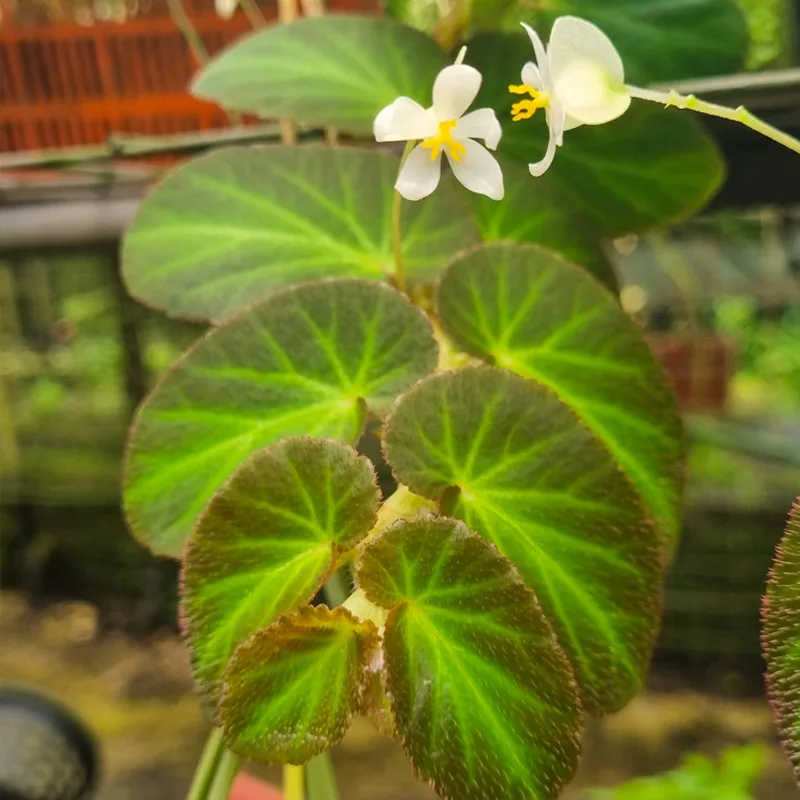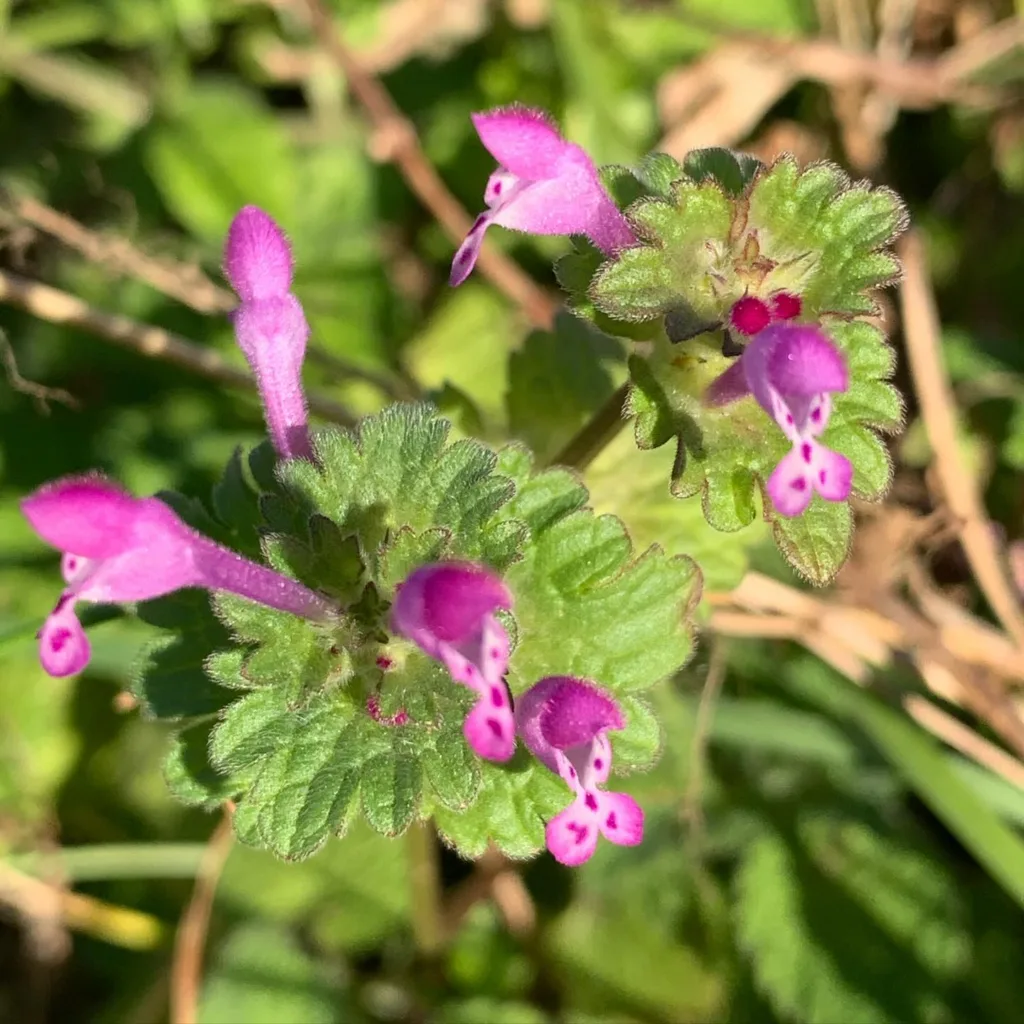Angelonia Archangel is a fantastic plant that I’ve come to love for its resilience, vibrant colors, and ease of care. Over the years, I’ve gotten many questions about this beautiful plant, so I thought I’d put together some answers to the most frequently asked questions to help others get the most out of it. Whether you’re new to Angelonia Archangel or just looking to troubleshoot, I hope this FAQ guide will be helpful. Let’s dive in!
29 Species in Genus Angelonia – Summer Snapdragon
What is an Angelonia Archangel Plant?
Angelonia Archangel, also known as Summer Snapdragon, is a heat-loving plant that thrives in warm climates. It’s a standout in any garden due to its bright, colorful flowers that bloom all summer long. Angelonia Archangel comes in a variety of colors, from deep purples to soft pinks and whites, making it versatile for different garden aesthetics.
The plant is perennial in warmer zones (USDA zones 9-11) but is often treated as an annual in cooler climates. In my experience, Angelonia Archangel is hardy, low-maintenance, and drought-tolerant, which is perfect for people who don’t want to water frequently.
Is Angelonia Archangel a Perennial?
This is one of the most common questions I get. The answer depends on where you live. In USDA hardiness zones 9-11, Angelonia Archangel is a perennial, meaning it will come back year after year. In cooler climates, it is grown as an annual because it cannot survive frost. I’ve found that in warmer regions, the plant does quite well throughout multiple seasons, coming back stronger each year. However, in colder areas, I plant it as an annual and enjoy its vibrant blooms for a single season.
Are Archangel Angelonia Poisonous to Cats?
As a pet owner, this is a crucial question. Fortunately, Angelonia Archangel is not toxic to cats, dogs, or other pets. This makes it a great addition to your garden if you have furry friends who like to explore your plants. I’ve never had any issues with my pets around Angelonia Archangel, and I always appreciate knowing I’m adding something safe to my garden.
How to Care for Angelonia Archangel?
Caring for Angelonia Archangel is surprisingly easy. This plant loves full sun, so make sure it gets at least 6 hours of direct sunlight daily. I’ve noticed that my plants perform best in well-drained soil with moderate watering. The best part? It’s drought-tolerant, so you don’t have to worry if you forget to water it occasionally.
Fertilize once a month with a balanced fertilizer, and deadhead (remove spent flowers) regularly to encourage more blooms. The plant is relatively pest-resistant, but you might occasionally see aphids or spider mites. Keep an eye out, and treat with insecticidal soap if necessary.
Can Angelonia Archangel Be Grown Indoors?
While Angelonia Archangel thrives outdoors, growing it indoors can be challenging. It needs plenty of sunlight, so unless you have a very sunny indoor space or grow lights, it might not perform as well indoors. That said, I’ve had success keeping smaller pots of Angelonia Archangel on a bright windowsill, especially during colder months. It’s a bit trickier to maintain indoors, but it’s doable with the right conditions.
What to Plant with Angelonia Archangel?
Angelonia Archangel looks beautiful when paired with other sun-loving plants. I like to plant mine alongside petunias, lantanas, and marigolds. These combinations create a striking, colorful display that can last throughout the summer.
Angelonia’s upright growth habit makes it a great companion to trailing plants in containers. Pairing it with plants like creeping Jenny or calibrachoa creates an interesting contrast in both texture and color.
How to Propagate Angelonia Archangel?
Propagating Angelonia Archangel can be done by seeds or cuttings. I’ve found that cuttings work best for me. To propagate through cuttings, cut a 4-6 inch stem just below a leaf node, remove the lower leaves, and place it in water or moist soil. Keep it in a warm, bright location, and in a few weeks, roots should begin to form. Once the roots are established, transfer it to a pot or garden bed.
Is Angelonia Archangel Toxic?
One of the best things about Angelonia Archangel is that it’s non-toxic. As mentioned earlier, it’s safe for pets, and there’s no need to worry about it being hazardous if you have cats, dogs, or young children. It’s also a great choice for gardens where wildlife might roam, as it doesn’t pose any danger to them either.
Common Problems with Angelonia Archangel
Though generally trouble-free, there are a few common issues you may encounter. The most common problems I’ve seen are related to overwatering or poor drainage. Angelonia Archangel hates sitting in soggy soil, which can lead to root rot. Make sure your soil drains well and avoid overwatering.
Pests such as aphids and spider mites can occasionally cause issues, though these are rare. Keeping an eye on your plants and acting quickly if you notice pests will keep your Angelonia healthy and blooming.
How Does Angelonia Archangel Compare to Other Similar Plants?
Angelonia Archangel is sometimes compared to plants like snapdragons or salvia due to its upright growth and colorful blooms. However, I’ve found Angelonia to be much more heat-tolerant and low-maintenance. Unlike snapdragons, which can fade in extreme heat, Angelonia keeps going strong through the hottest summer months.
Its drought tolerance and long blooming season also give it an edge over some other annuals and perennials in the garden. I think it’s one of the most reliable plants for a long-lasting, vibrant display.
Benefits of Growing Angelonia Archangel
I love Angelonia Archangel for many reasons. It’s long-blooming, easy to care for, drought-tolerant, and pet-safe. Plus, it attracts pollinators like bees and butterflies, which is great for the overall health of my garden. It’s also resistant to deer, which is a huge bonus if you live in an area where deer are a problem.
In conclusion, Angelonia Archangel is a fantastic plant for gardeners of all levels. Whether you’re looking for something low-maintenance or want a plant that adds vibrant color to your garden, this plant delivers on all fronts.
If i die, water my plants!



